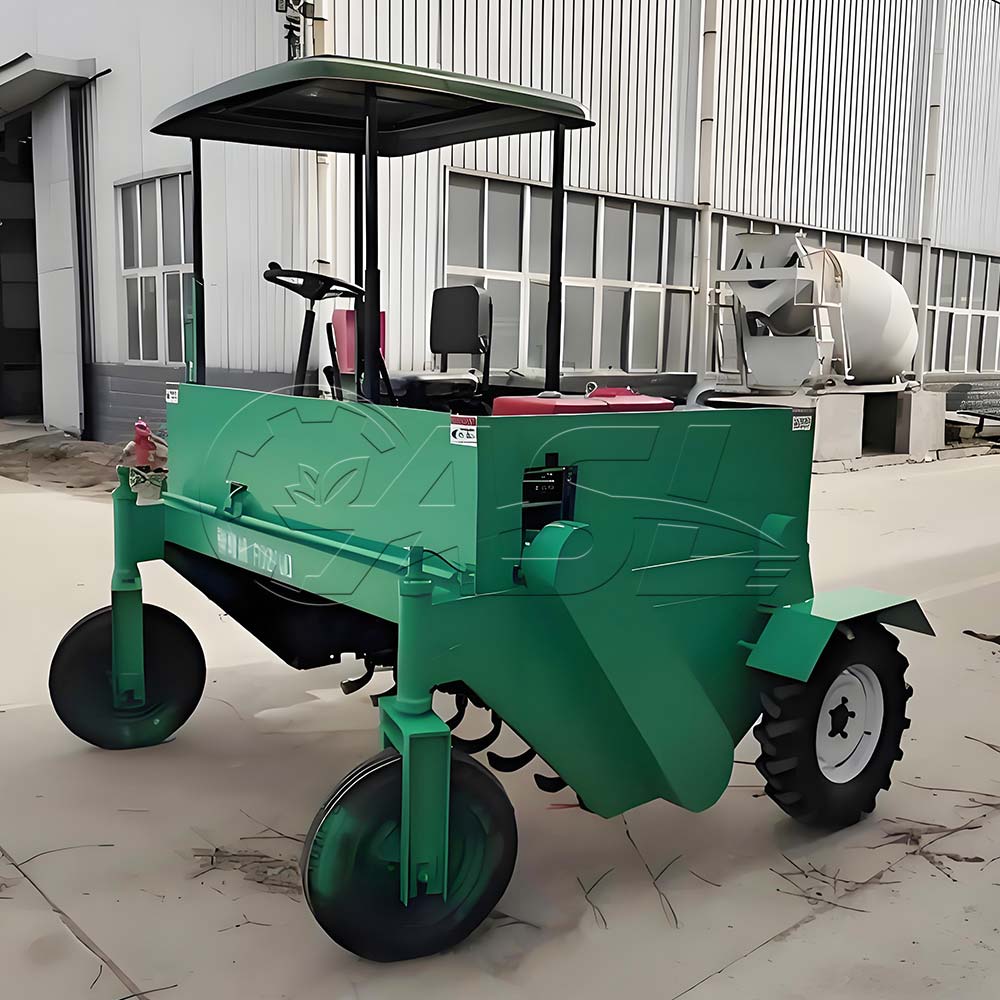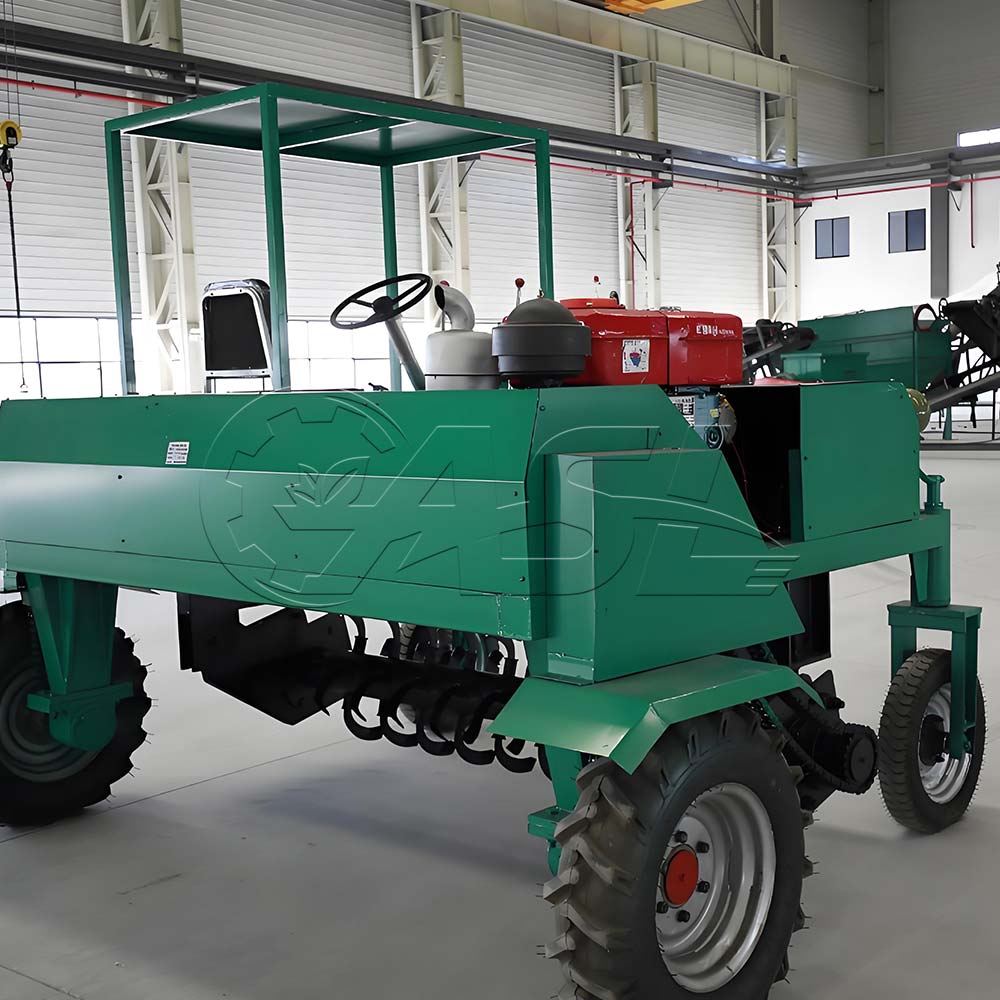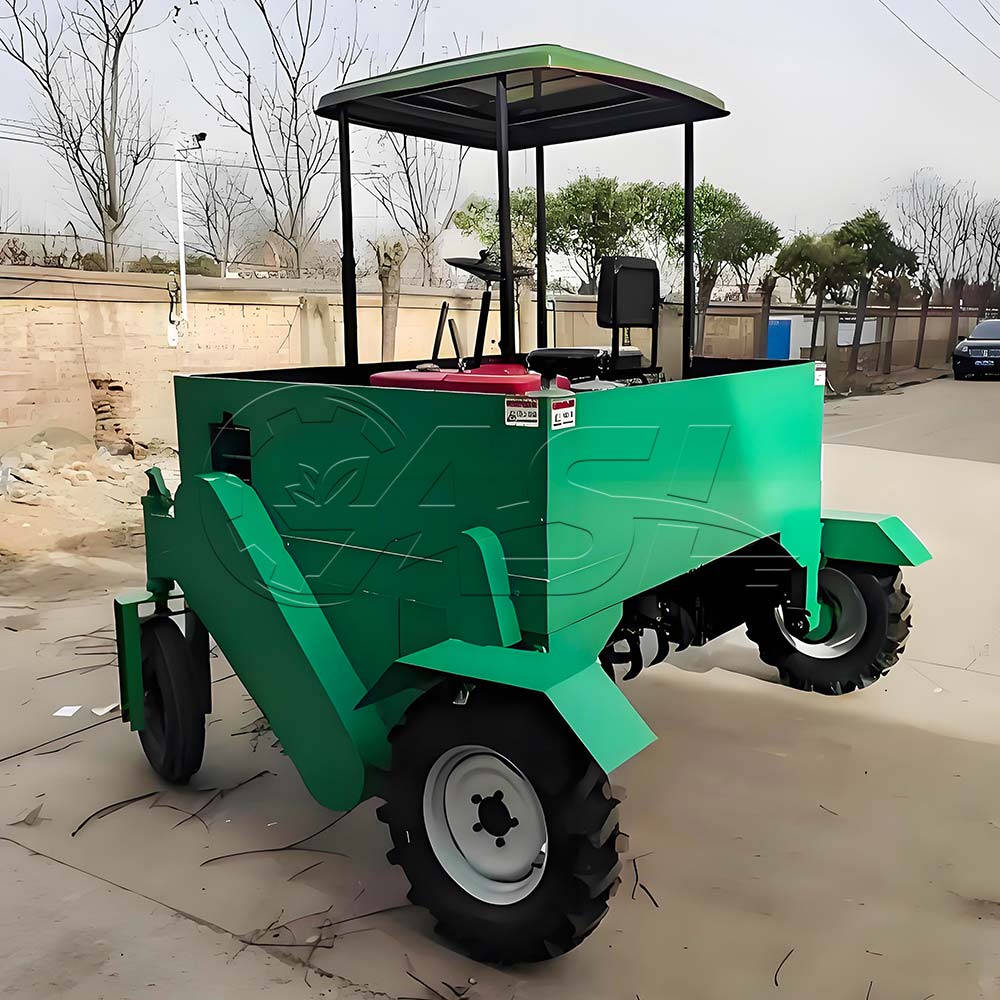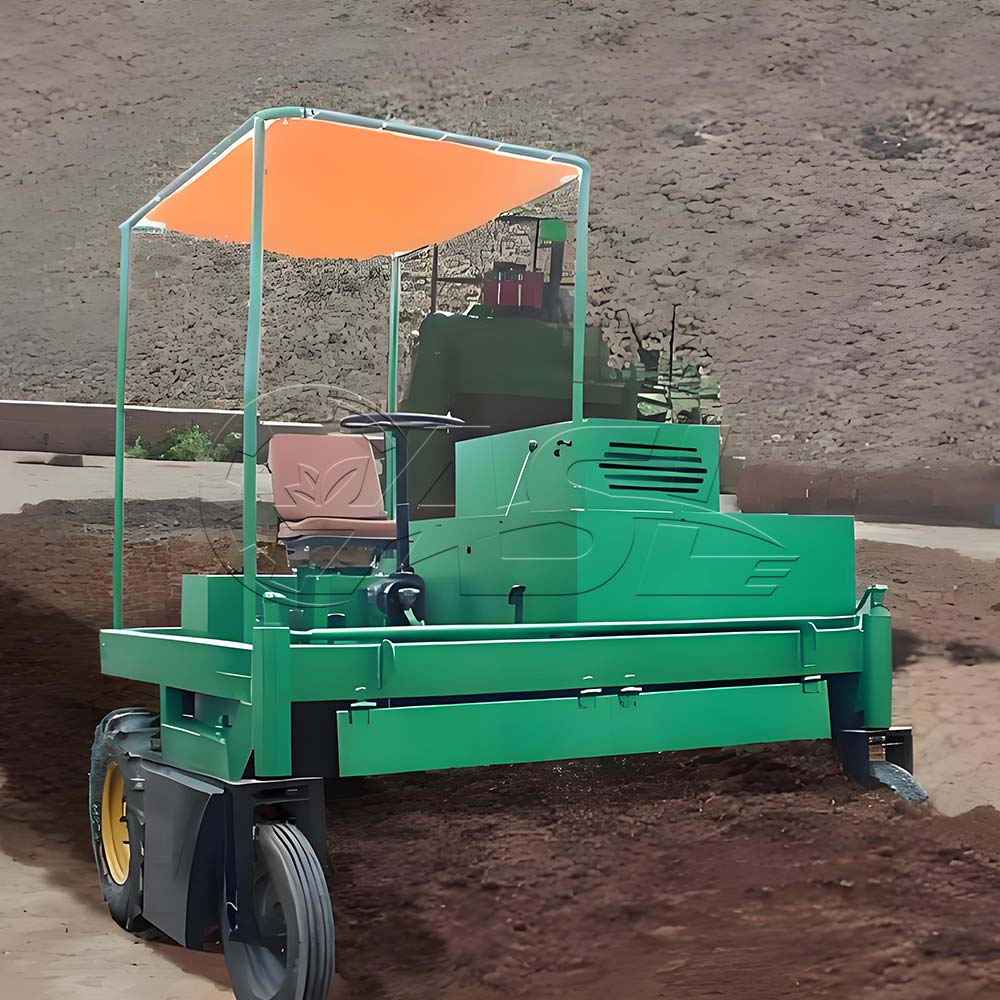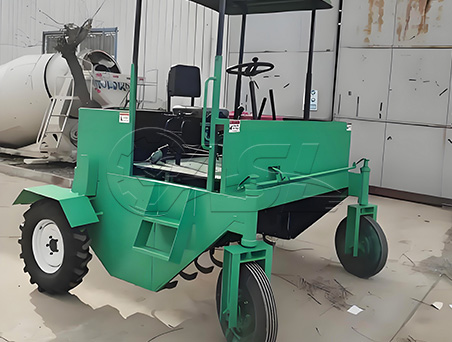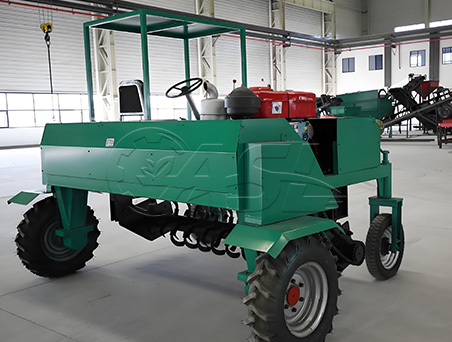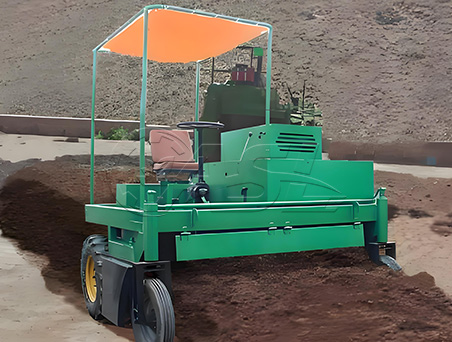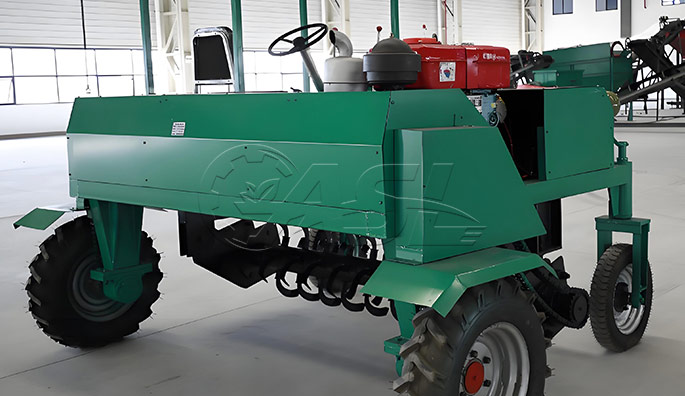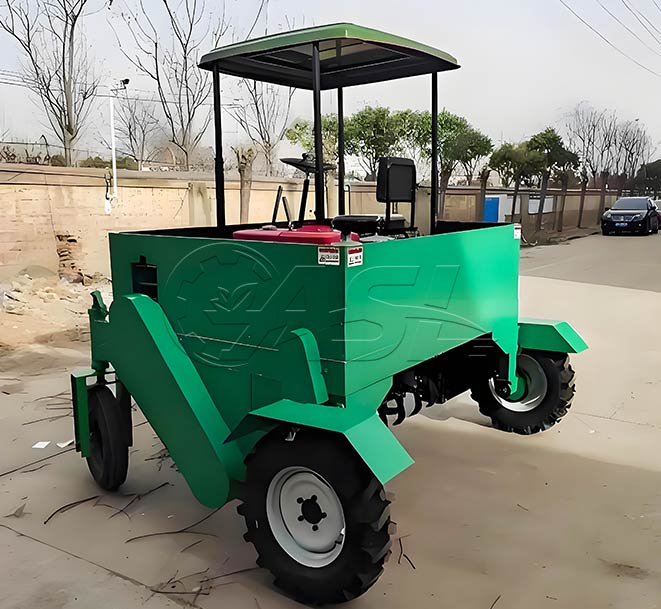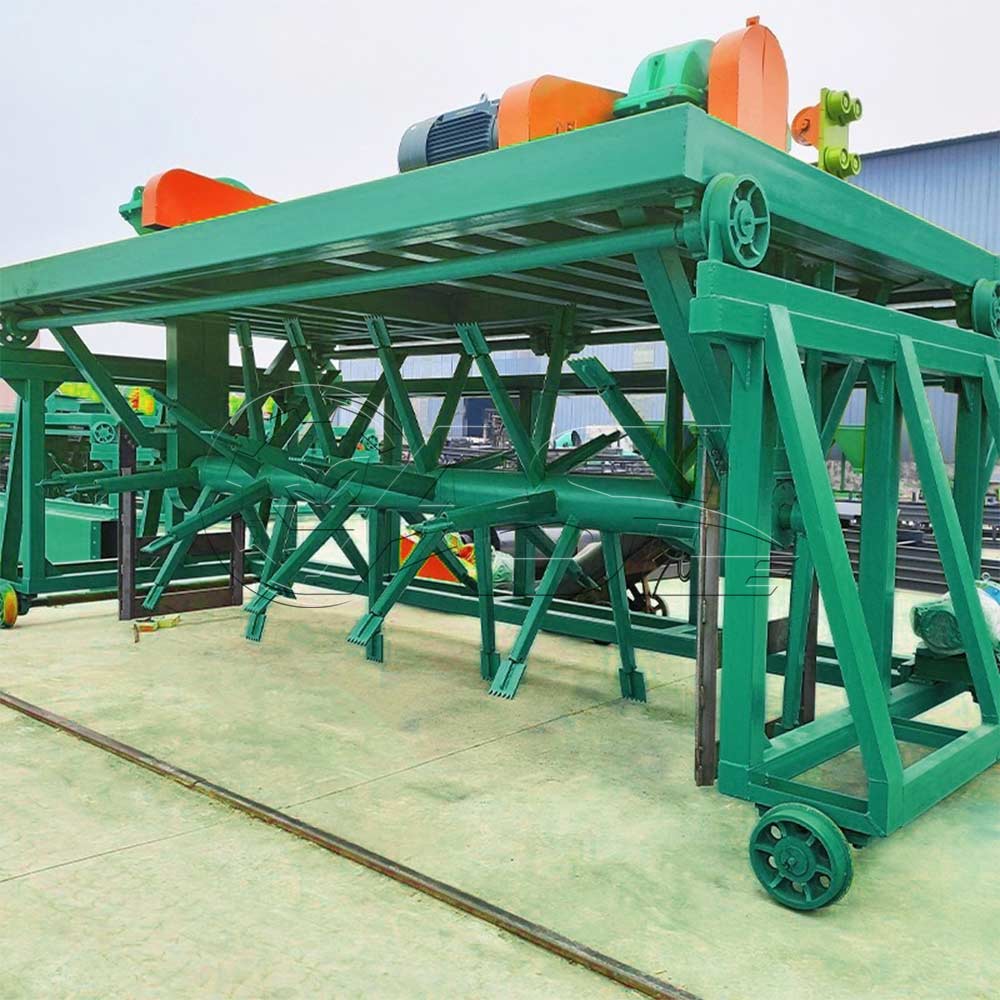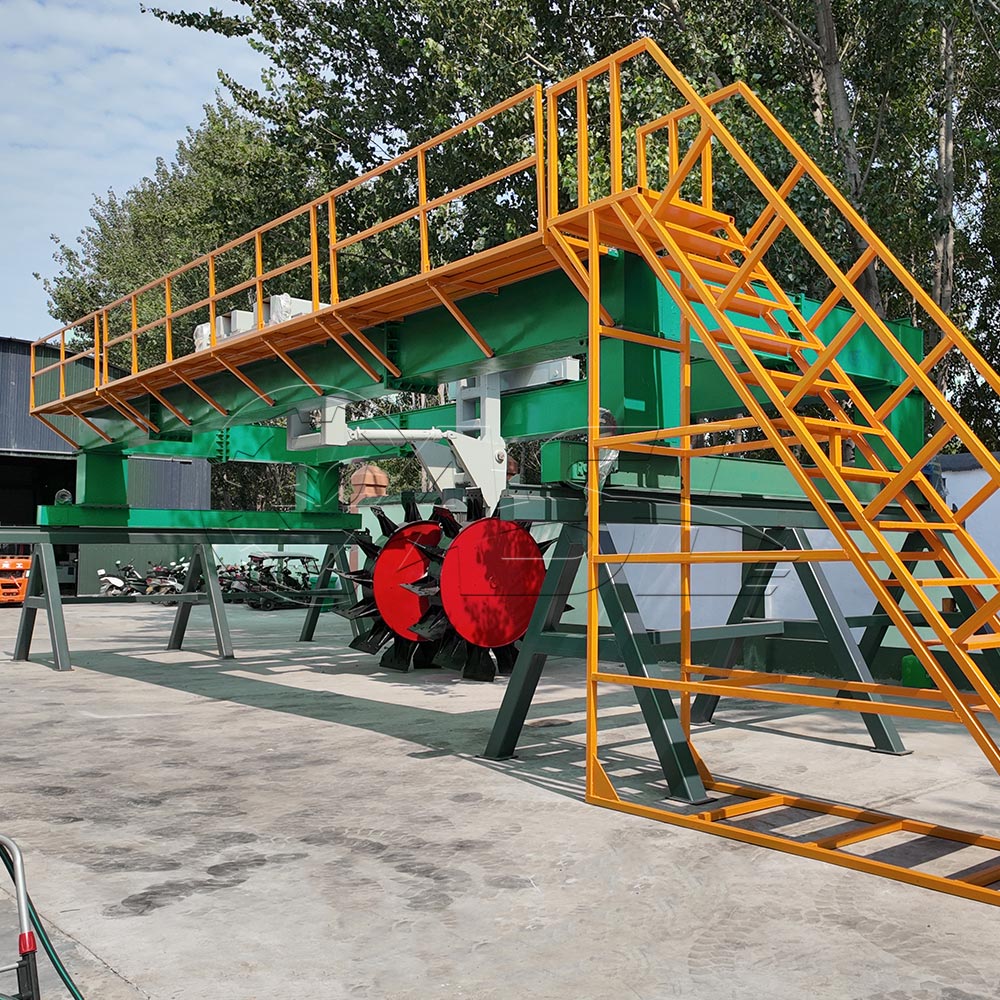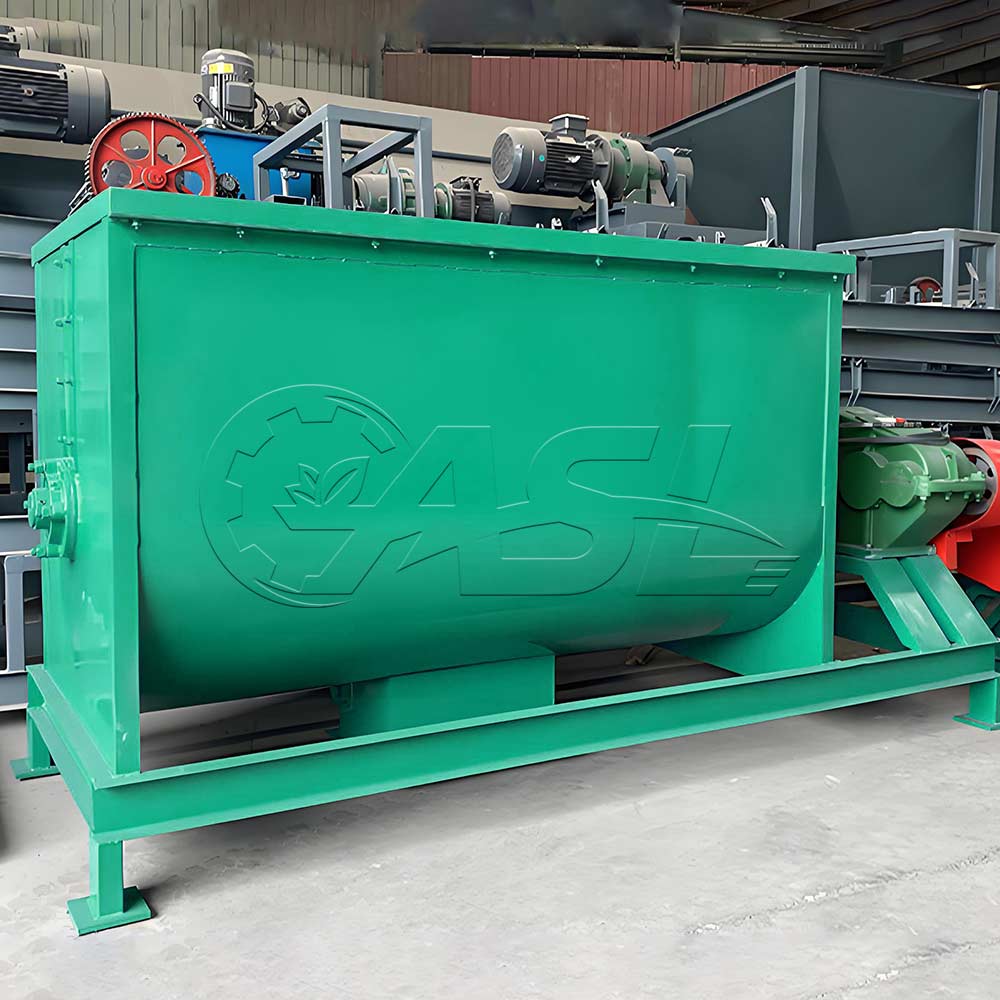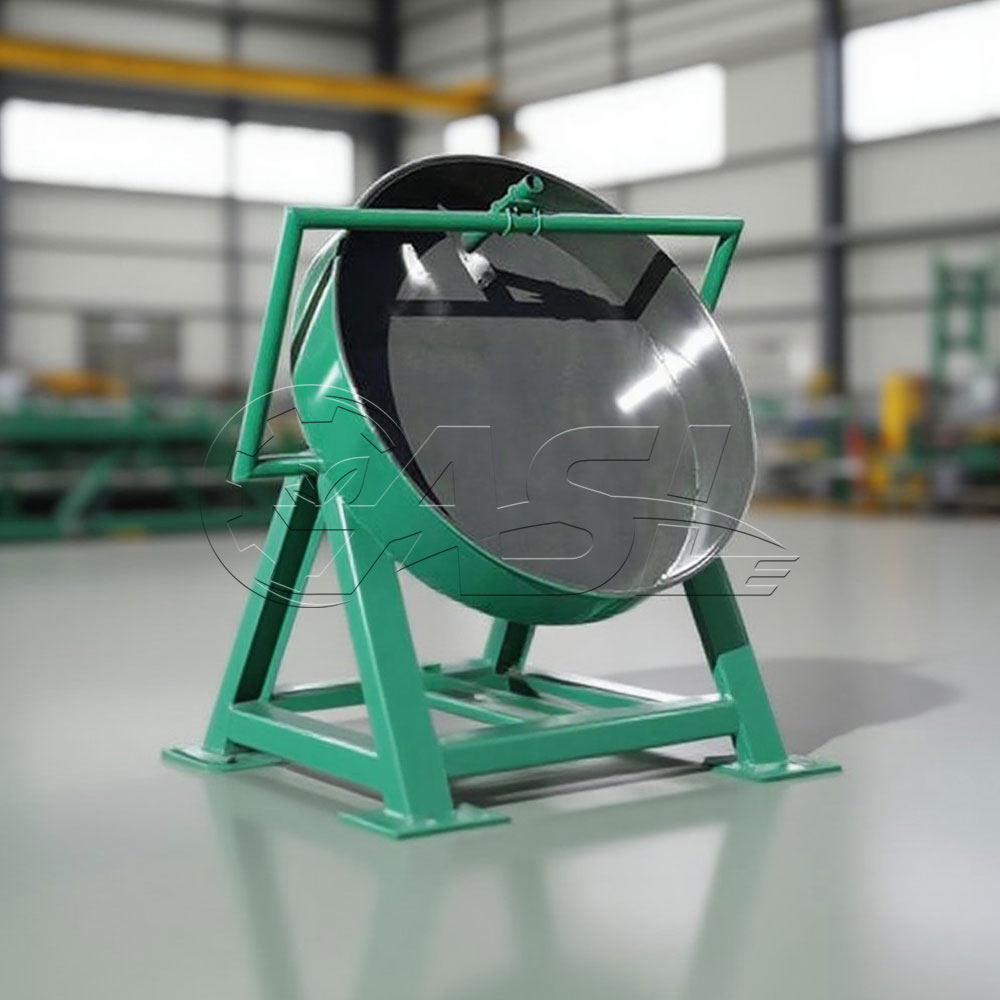What scenarios and materials are suitable for walking compost turners for organic fertilizers?
Walking compost turners typically utilize a wheeled structure (some with crawler-assisted tracks). They are relatively lightweight, offer flexible steering, and can be moved manually or mechanically. Their turning mechanism often features horizontally arranged spiral blades or stirring teeth, which travel longitudinally along the material pile, turning the material as they move. Compared to crawler-type compost turners, they are better suited for leveling sites and offer faster travel speeds. Compared to wheel-type compost turners, they offer a simpler structure, lower maintenance costs, and are suitable for intermittent processing of small batches of material.
Are walk-behind compost turners required to have a flat surface?
Travel-behind compost turners do require a certain level of surface flatness. We recommend a slope of no more than 10°, avoiding significant potholes and rocks. Because their wheeled structure has a small contact patch, they can easily bump over uneven surfaces, affecting even turning and potentially causing damage due to wheel jamming. If the surface is slightly uneven, use a bulldozer to level it beforehand, or choose a model with shock-absorbing wheels for increased adaptability.
What are the common faults of a walk-behind compost turner? How can they be resolved?
Wheel jamming or deviation: This is often caused by mud in the axle, bearing wear, or uneven tire pressure. Solution: Regularly clean the axle and add grease; check tire pressure; and replace worn bearings.
Wheel entanglement: Long-fiber materials such as straw and vines can easily become entangled in the turning gear, causing excessive load. Solution: Clear long-fiber debris from the material before operation; promptly remove entangled materials with tools after shutting down the machine; and install anti-entanglement baffles if necessary.
Motor overload shutdown: This may be caused by hard material, excessive turning depth, or unstable voltage. Solution: Reduce the turning depth per turn and break up any large material chunks; check the circuit voltage to ensure a stable power supply.
What are the key maintenance points for a walking compost turner?
Daily maintenance needs include:
① Travel system: Clean dirt from the tires and tracks, check the lubrication of the axles and bearings, and regularly tighten the wheel hub bolts.
② Turning mechanism: Check the wear and fixation of the turning teeth, replace broken or deformed teeth promptly, and remove any entangled objects on the shaft.
③ Power system: For motor models, check the line connectors for looseness and leakage. For diesel engine models, regularly change the engine oil and clean the air filter.
④ Drive components: For chain or belt-driven equipment, regularly adjust the tension and add lubricant to prevent slipping or breakage.
